Lt. Col. Neel Kearby was the top P-47 Thunderbolt Ace in the SWPA, accruing 22 kills flying with the 348th FG from early September 1943 until he was shot down and killed over Wewak PNG on March 5, 1944. For a time during early 1944, Kearby, Dick Bong, and Tom Lynch were neck and neck in the race for top Ace in the PTO (Bong - 24, Kearby - 21, Lynch - 19).
The P-47 was not looked upon favorably by most of the USAAF pilots who preferred the P-38 for its better agility and maneuverability at lower altitudes, its longer range, and the comfort and perceived security of having two engines when engaging the enemy meant flying over vast expanses of open ocean. However, Kearby recognized the strengths of the Jug and championed tactics that took advantage of its high altitude performance, dive speed, fire power and its ability to take punishment. When looking for information about Kearby’s aircraft, it was easy to find photos of the plane that he flew in 1944 up to the time of his death. This was a P-47D-4 christened Fiery Ginger IV, named after his wife Virginia.
It was also readily acknowledged that Kearby flew a P-39 in Panama before training in the P-47 and being deployed in the SWPA. While modeling Kearby’s P-39 would have been more in the spirit of this GB, I found virtually nothing about this aircraft (still looking; any known refs would be appreciated).
But calling an aircraft Fiery Ginger IV suggests that there was a Fiery Ginger I, II and III...; or were there? There is some confusion regarding Kearby’s earlier aircraft, mostly about Fiery Ginger II, which some refs say there is little known about. The best answer in my searches came from "Mustang and Thunderbolt Aces of the Pacific and CBI" by John Stanaway. This reference states that Fiery Ginger I was actually the plane that Kearby used stateside when training. His first aircraft in the PTO was christened Fiery Ginger, but was in effect Fiery Ginger II. Stanaway also suggests that the name of this aircraft was mis-spelled as Firey Ginger, which was subsequently corrected on his later planes. I haven’t found a clear photo showing the mis-spelling yet. However, sometime in September, Kearby switched aircraft to a second D-2 which he christened as Fiery Ginger III (although one ref states that this was a D-16, serial 42-75908). It was in Ginger III that Kearby tallied six kills in one mission on October 11, 1943. The original Fiery (Firey) Ginger was apparently transferred to the 342nd FG and subsequently lost with its pilot in the third week of October, 1943. Later in 1943, Fiery Ginger III was transferred from Kearby’s 348th to the newly arrived 58th FG and Kearby flew in Fiery Ginger IV, the P-47D-4 pictured above.
So Lt. Col. Neel Kearby actually became an Ace in a day in Fiery Ginger III. But, he had three kills prior to the October 11 encounter and these are recorded as being shot down by Fiery (Firey) Ginger. So I will argue to Hans that Fiery Ginger (or Firey, or Fiery Ginger II, whatever one wishes to call it) fits into the spirit of this GB and will be the subject of my build. A P-47D Razorback; serial number 42-8145, having the theater markings of a white tail and identified by a blue 73. The leading edge of the wings of his aircraft were also painted white.
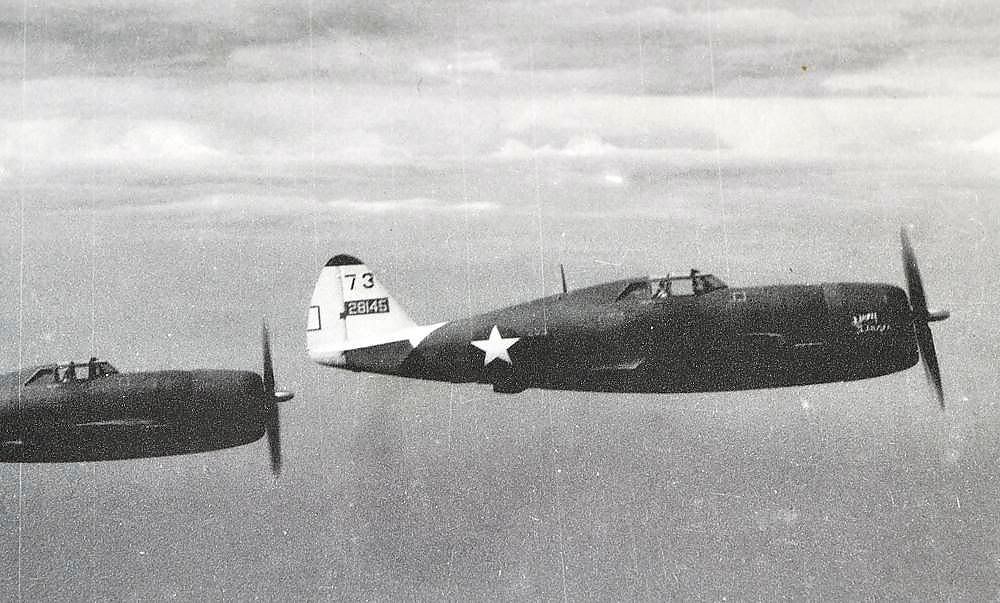
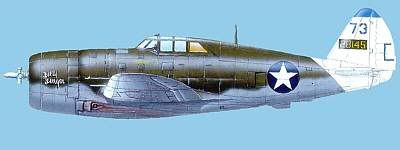
That said, there is still some confusion since Fiery Ginger III may have had the same markings, but it is not clear to me what the real serial number of the Ginger III was. But one other thing may distinguish Fiery Ginger from Ginger III. In late August/early September, there was a change in markings from the roundrel with star to the star and bar. The 348th was not quick in making this change, so the aircarft shown in this photo and the one above likely represent the 348th P-47s around September when Kearby made his first 3 kills (73 is Kearby). Photos are reproduced from "Kearby’s Thunderbolts" by John Stanaway and are presented for discussion purposes only.

Aside from the markings, the demarcation between olive and neutral gray seems to be a bit higher on the early Fiery Ginger than on later versions, so that will be reflected in the finish of this build. One last thing; a major concern regarding the use of the P-47 in the PTO was its limited range compared to the P-38. To address this issue, a variety of different drop tank designs were used that ultimately led to the design of a suitable belly tank. Given the scarcity of equipment and supplies in the PTO, this took a bit of time. In the meantime, give you one guess what solved the problem... converting P-38 drop tanks for use on wing pylons of the P-47. This must have been quite effective since they were apparently used even on later NMF P-47s. Forum member RadMax responded to my plea for 1/48 P-38 drop tanks, so they will be mounted on the wings. Thanks, Max!!
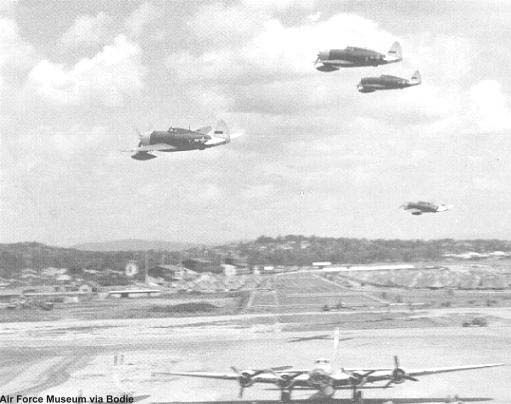
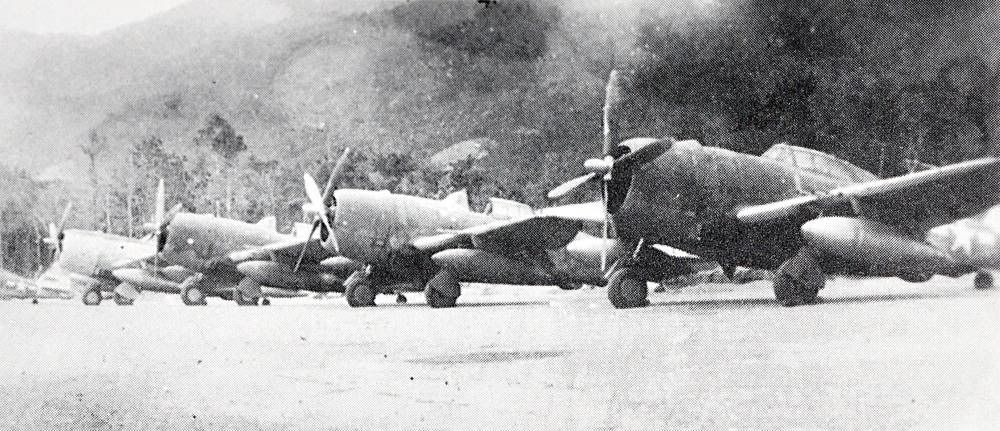
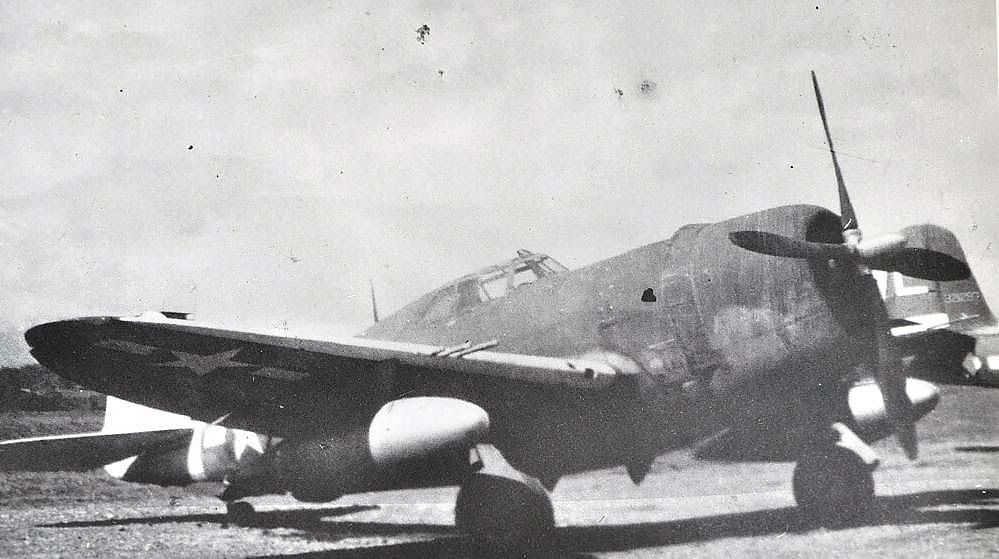
The base kit is the Tamiya P-47D Razorback shown below:

Construction will be mostly if not fully OOB and starts as usual with the cockpit which is then quickly zipped up between the two havles of the fuselage. This cockpit is impressive; highly detailed; I can't see justification for using PE to improve it, aside from adding seatbelts. But ol' Neel hisself will be occupying the seat (see below) so I won't need those.
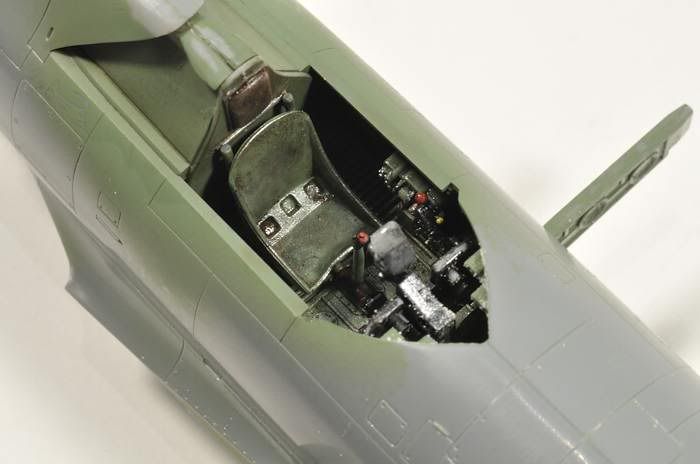
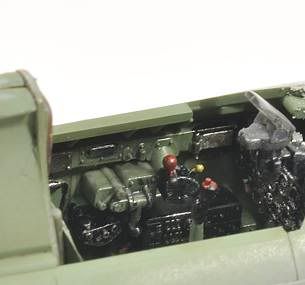
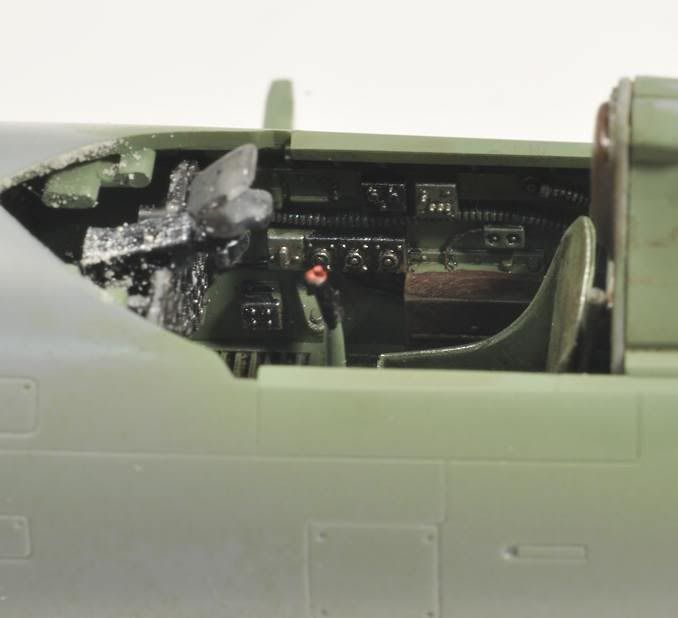
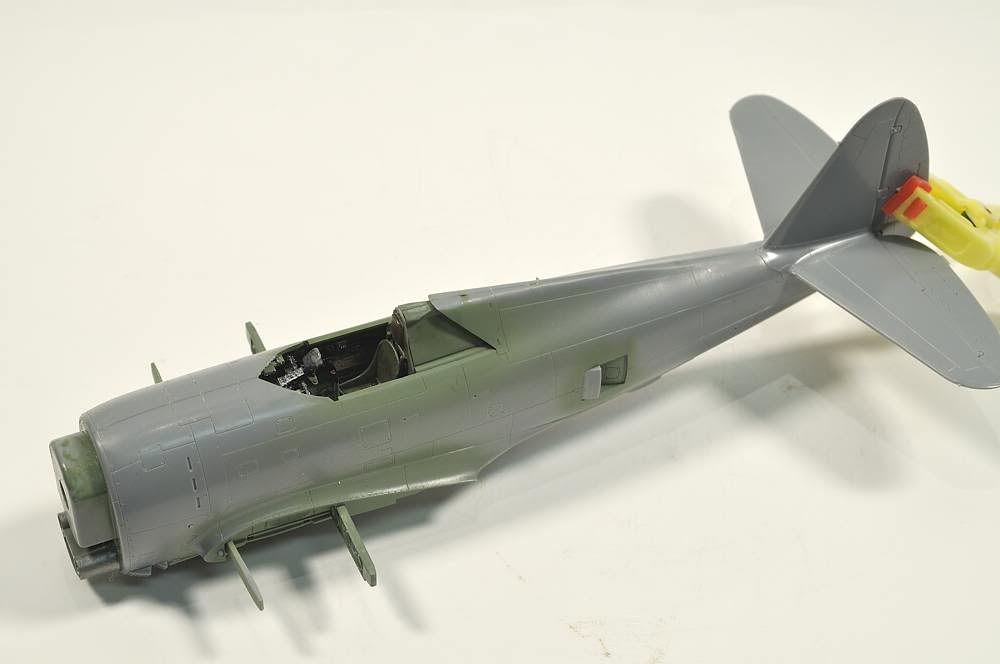
A few seems to take care of still. Here's Neel tucked in...
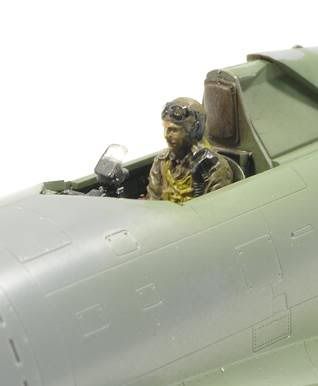

See the resemblence?
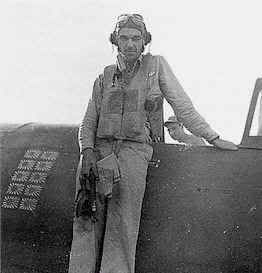
This is how you fly a plane, Pilgrim....
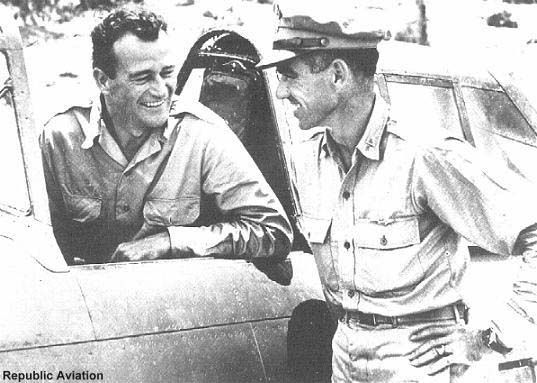
Further updates in the near future. Thanks for looking.
Don